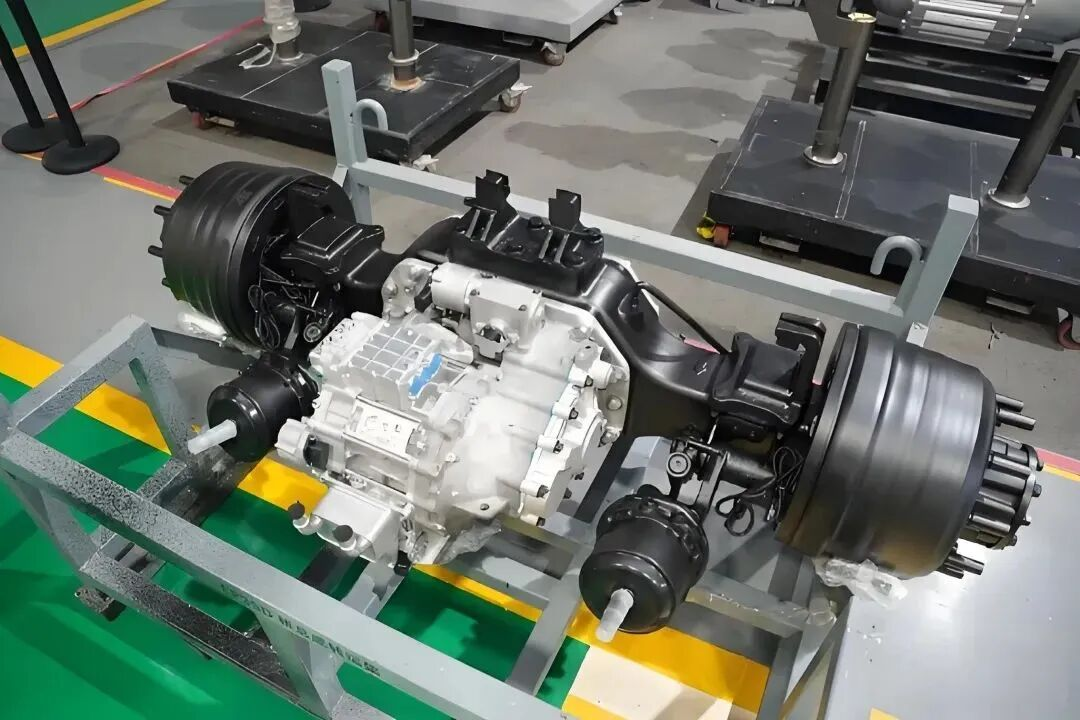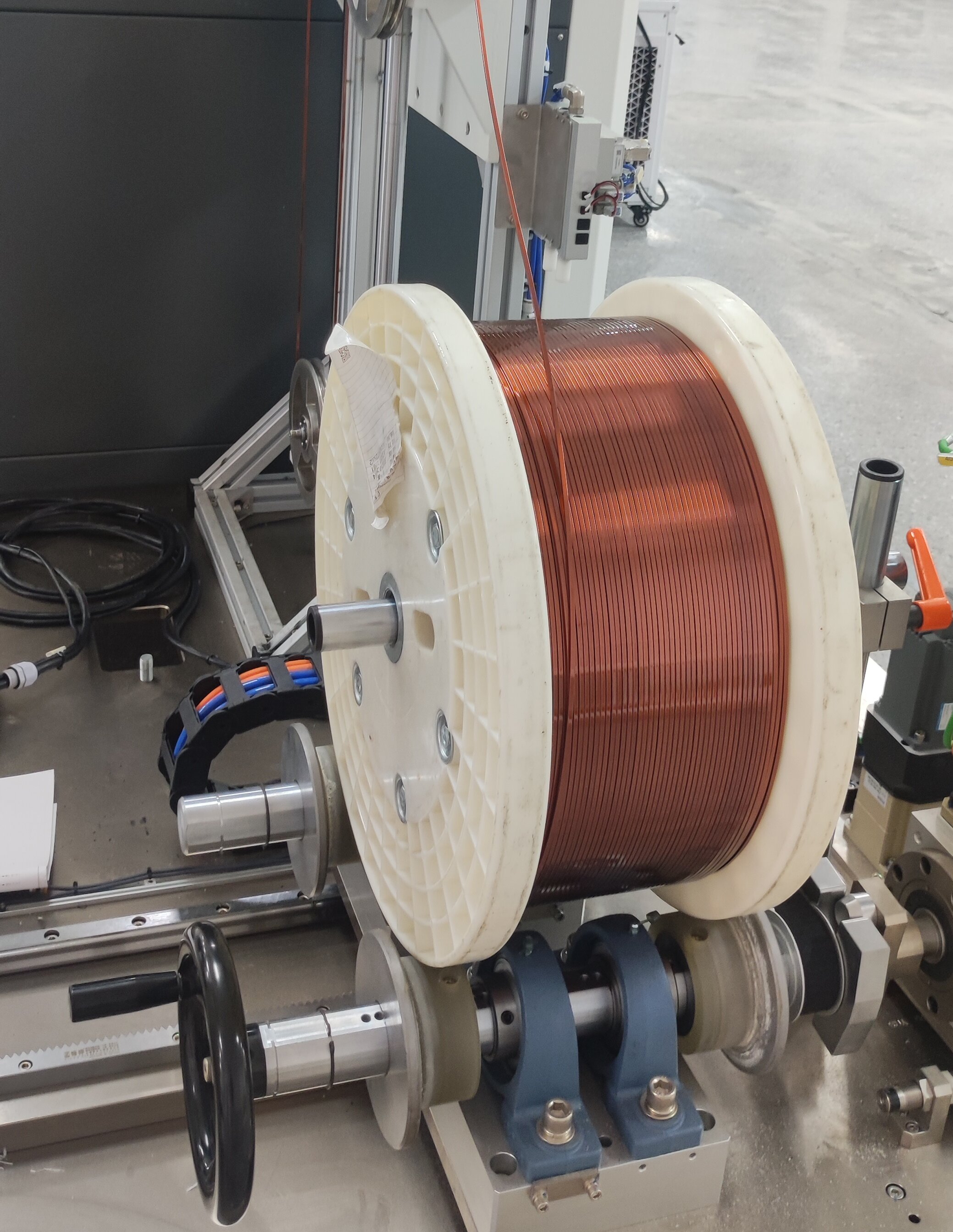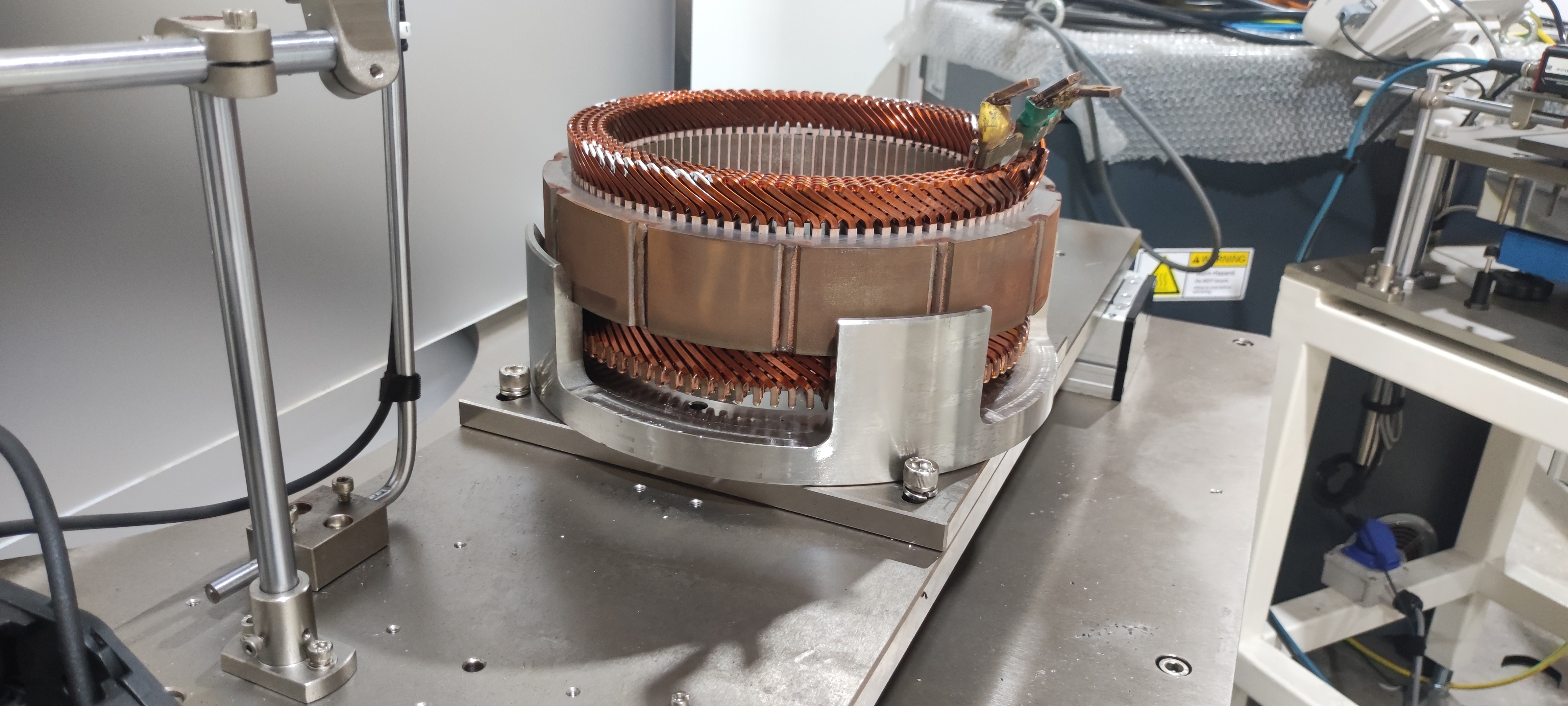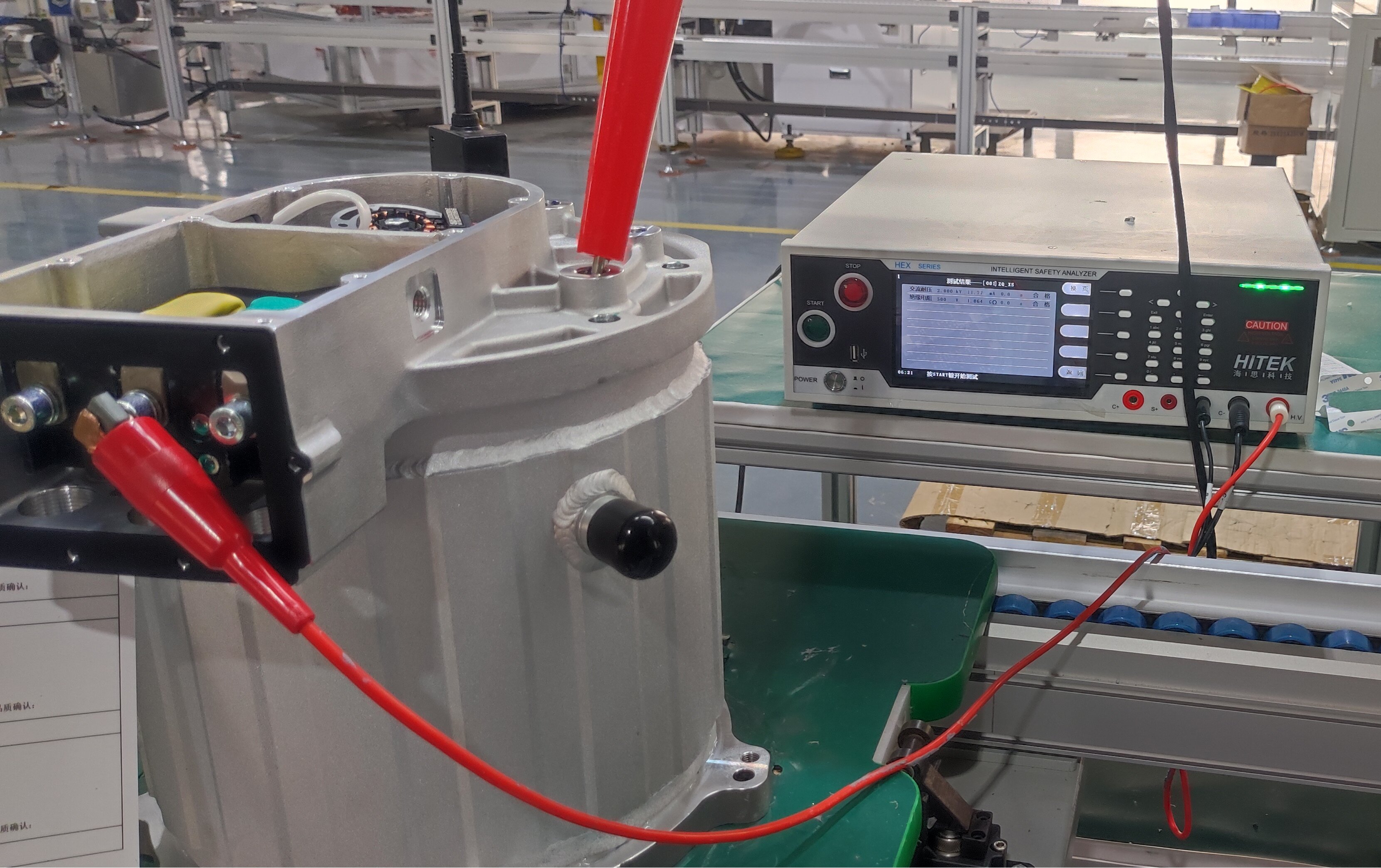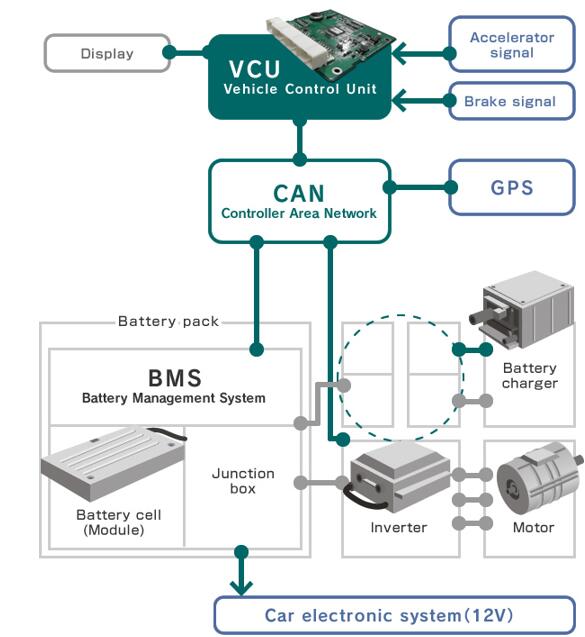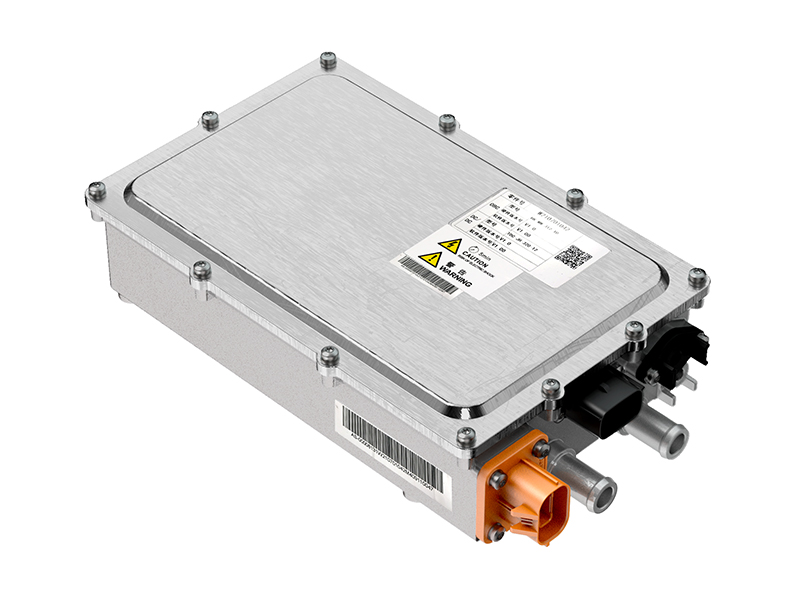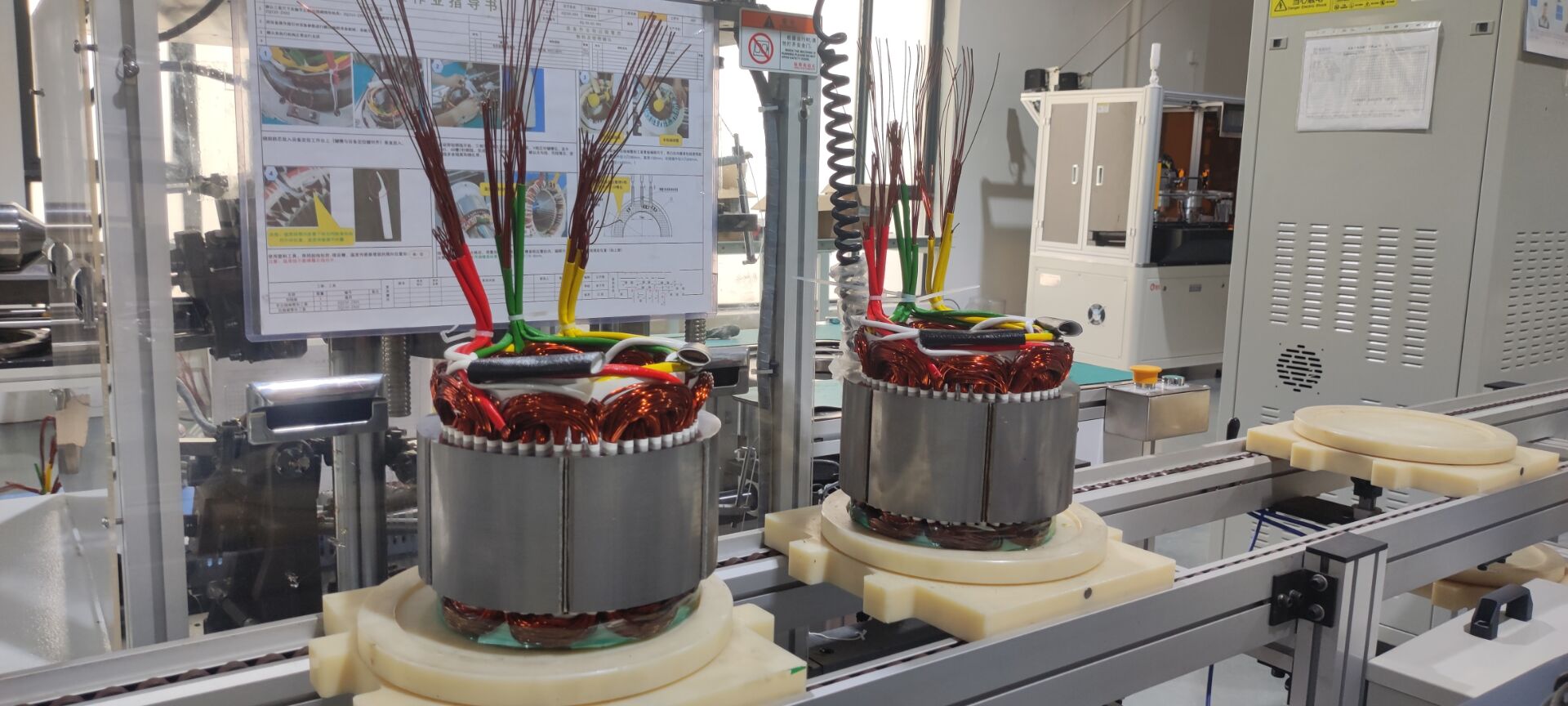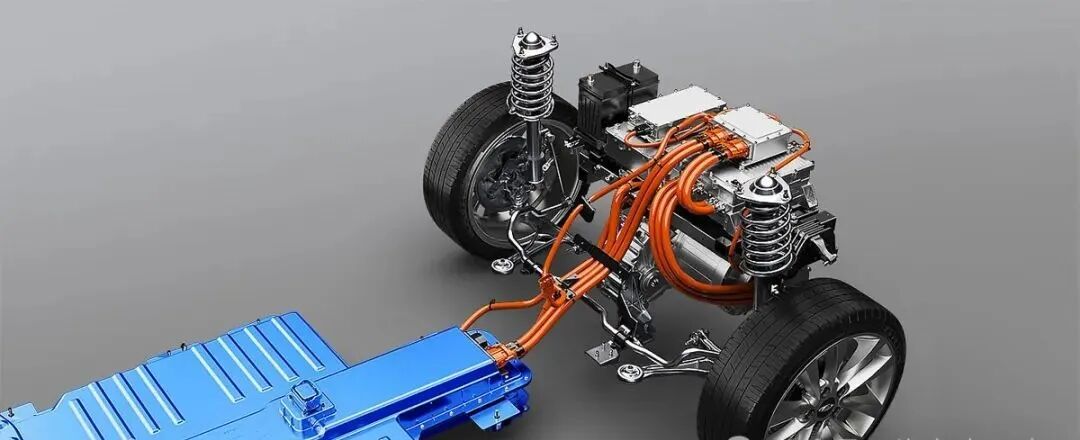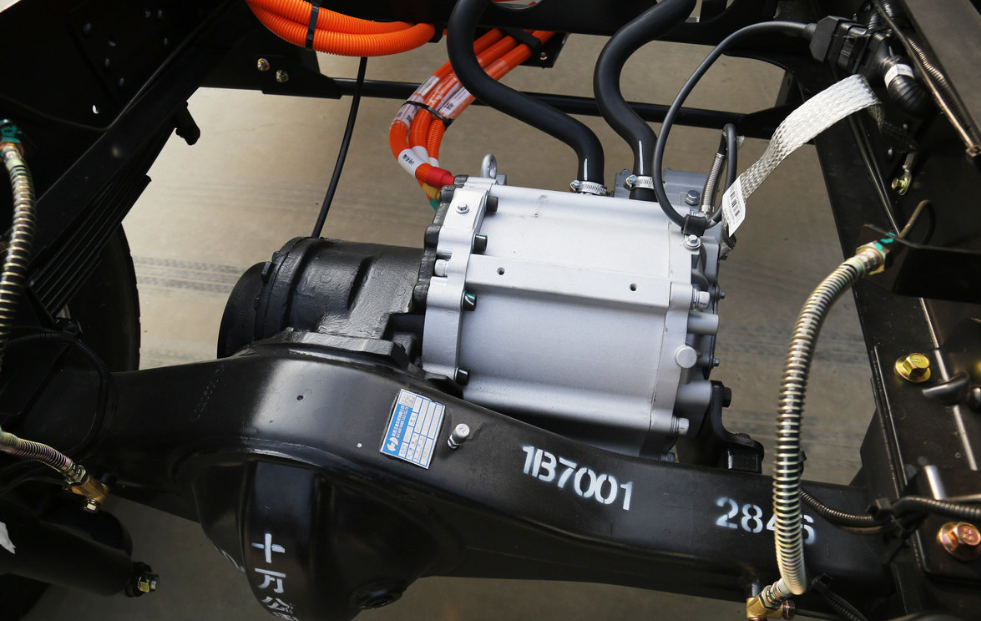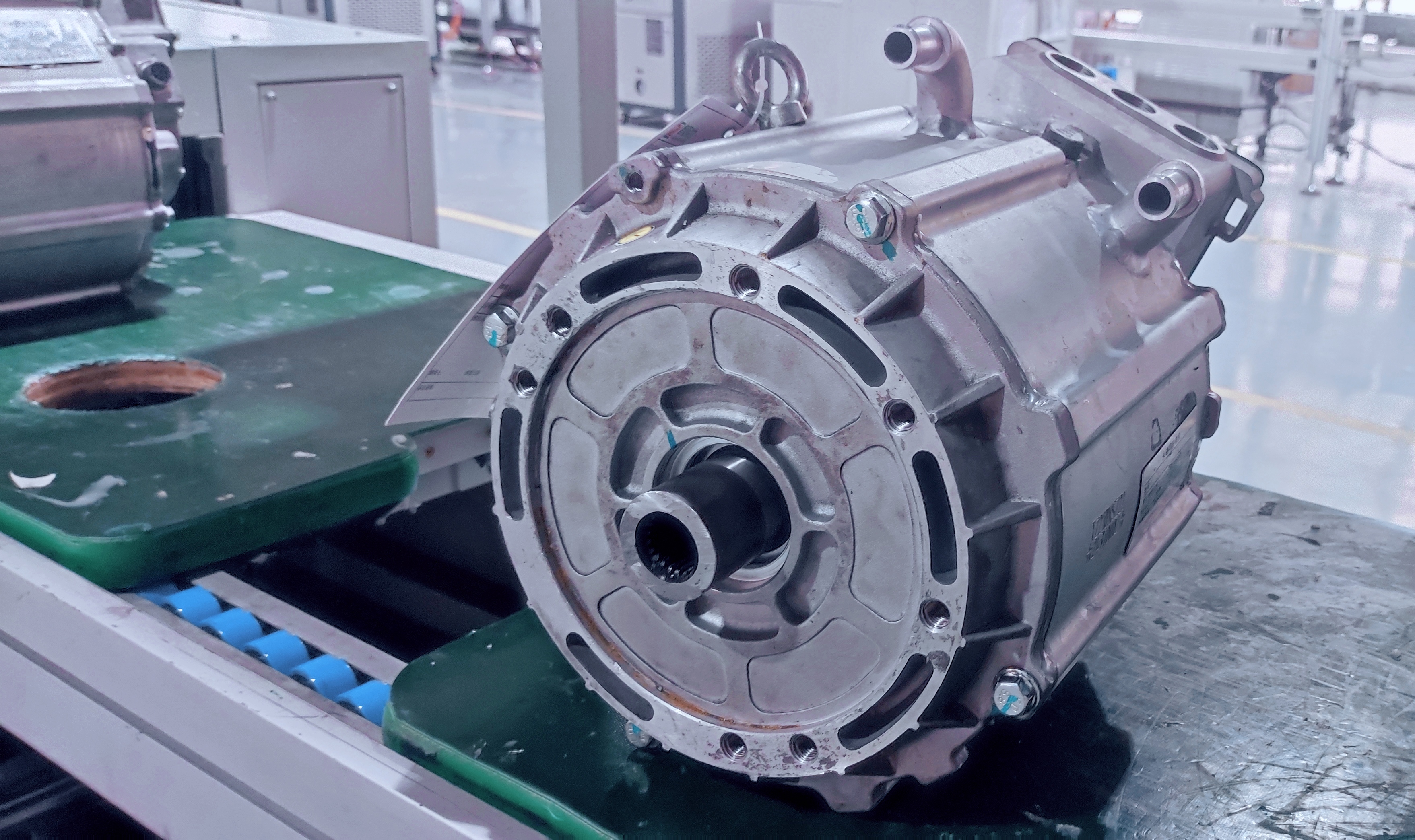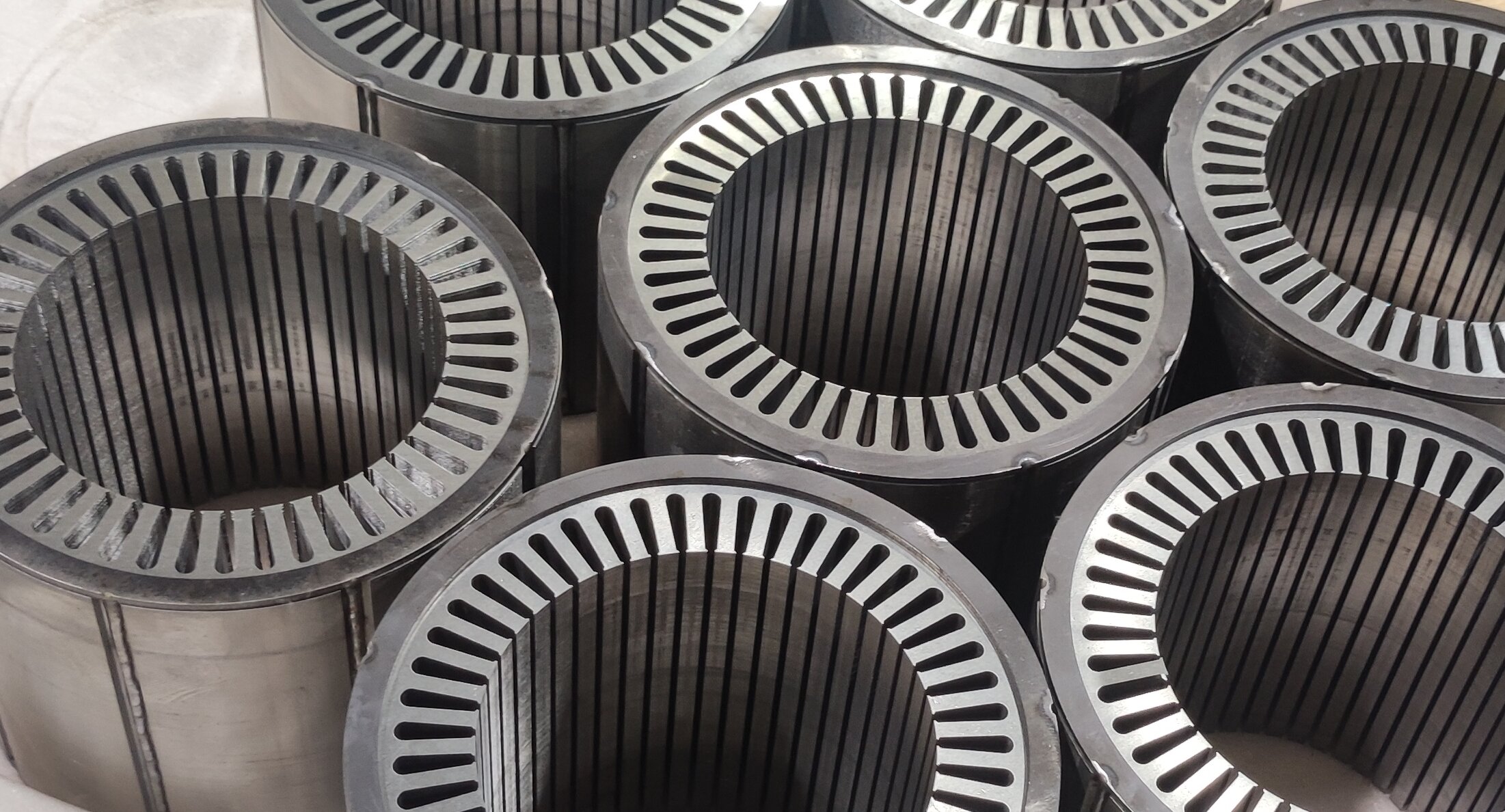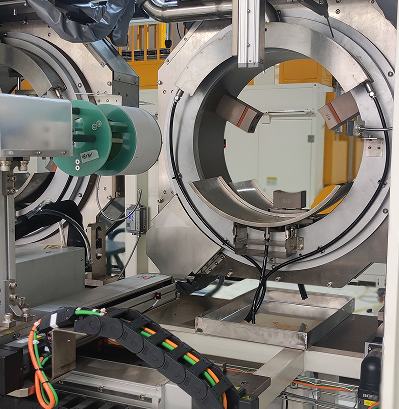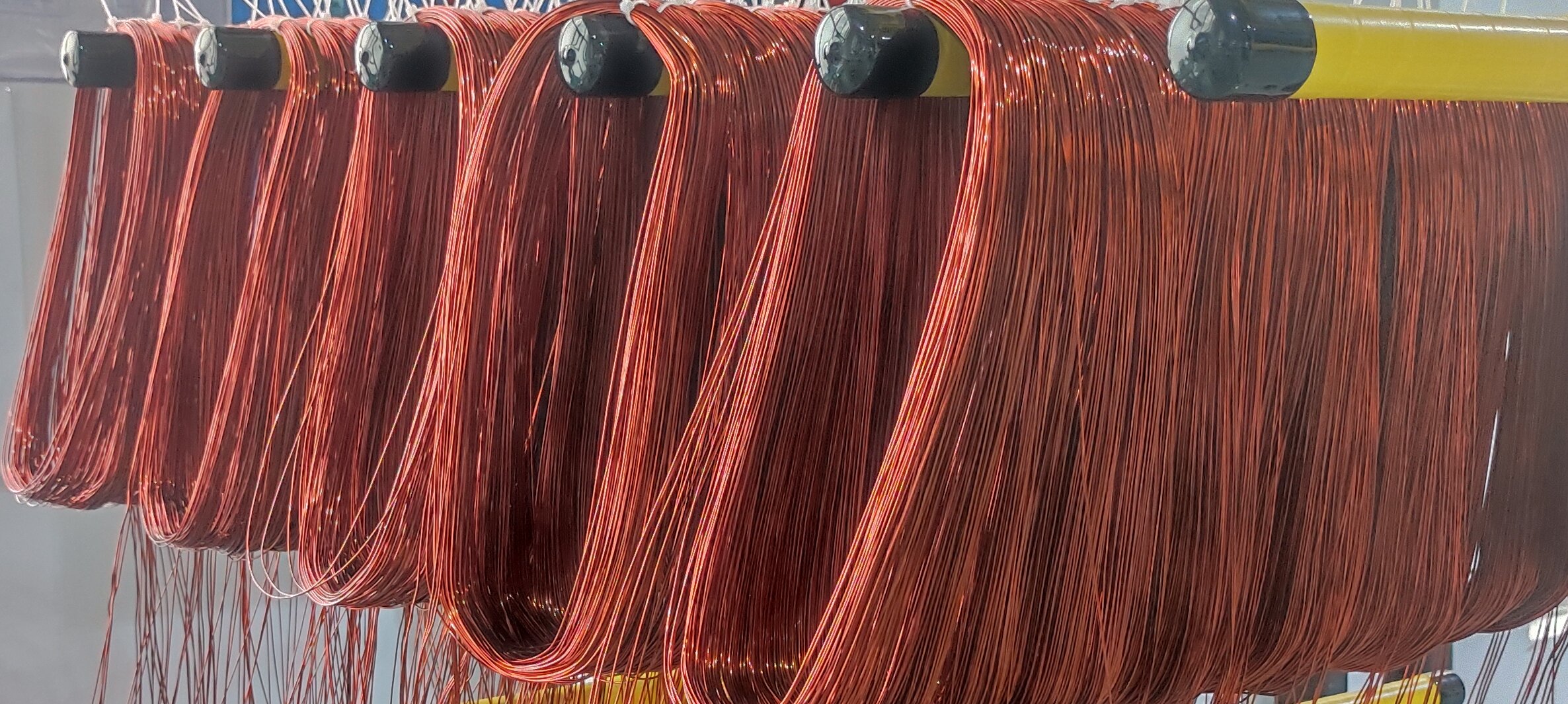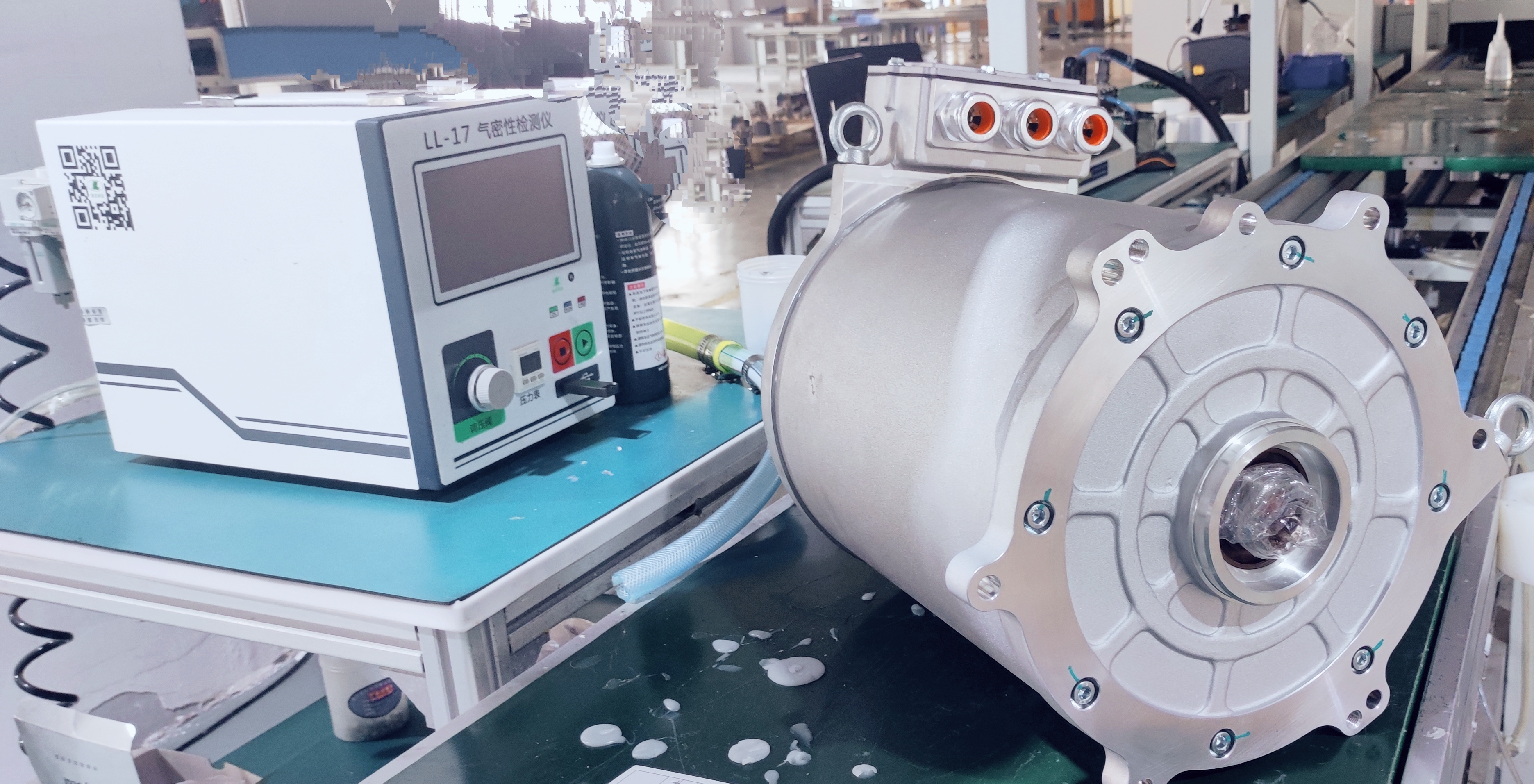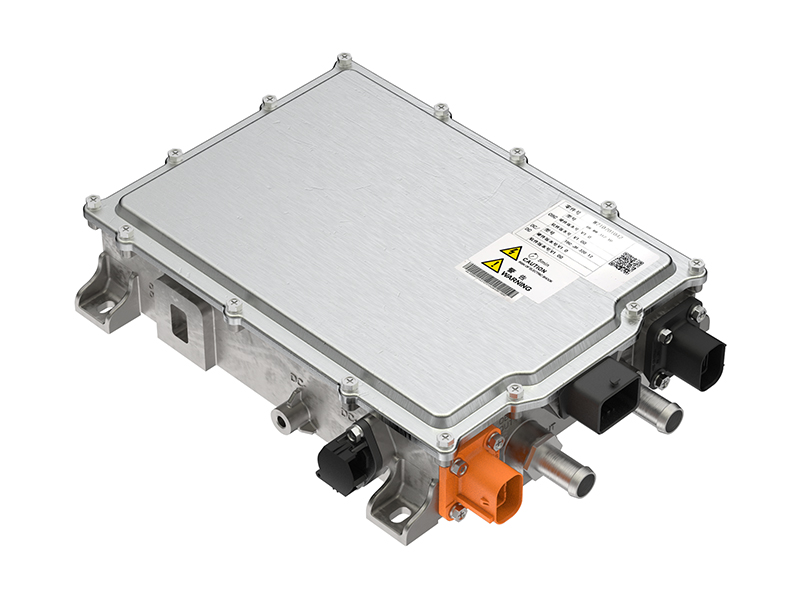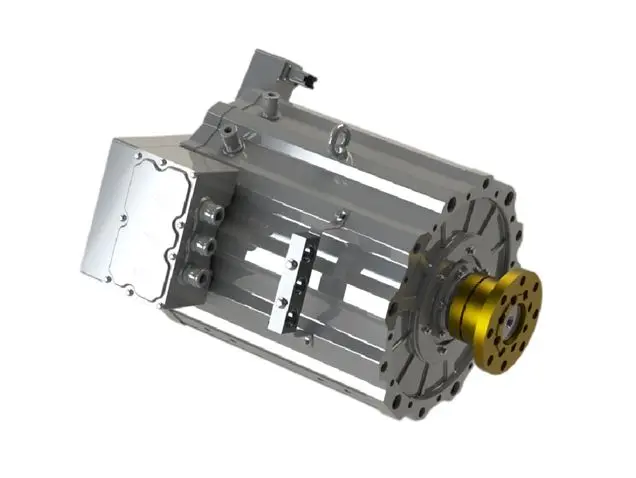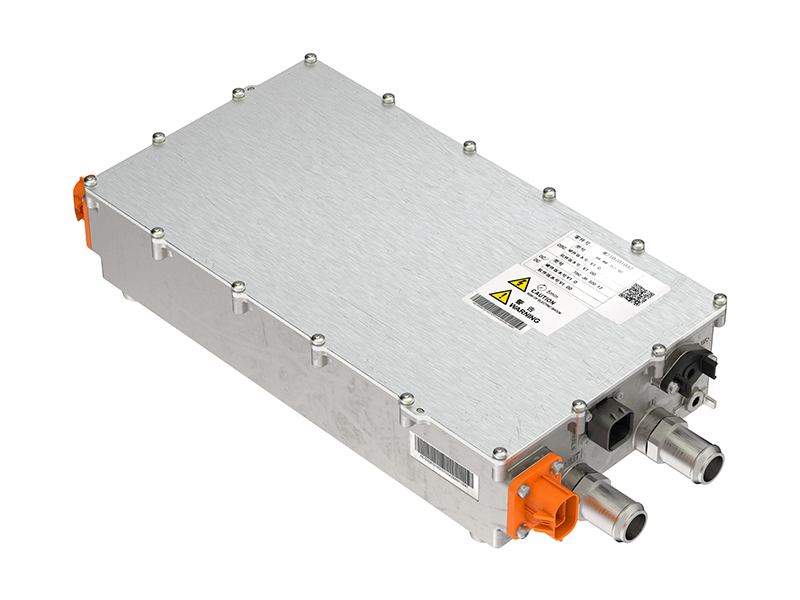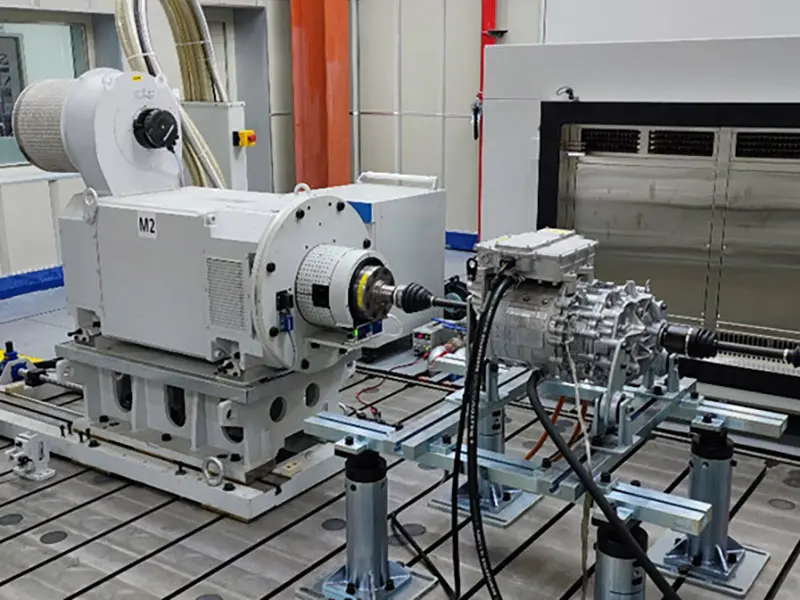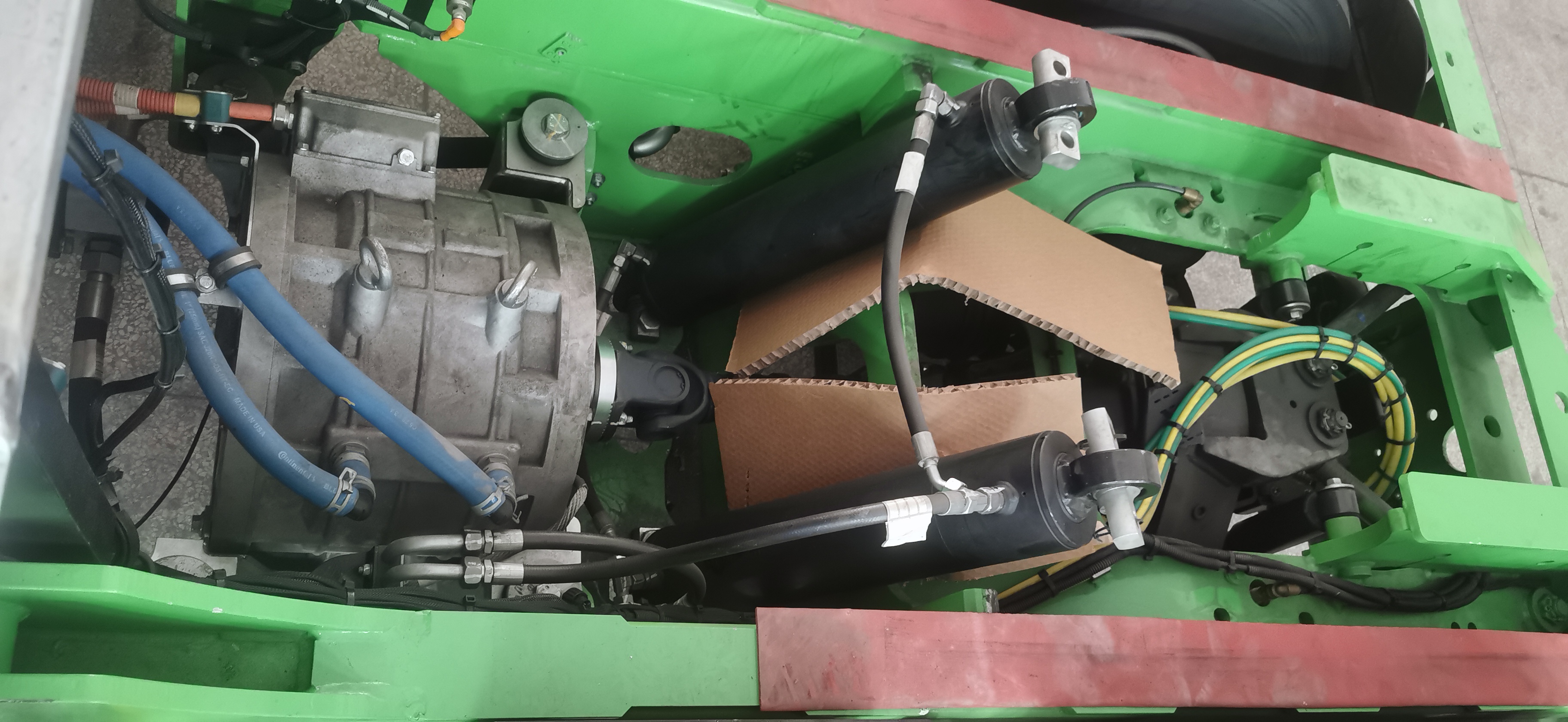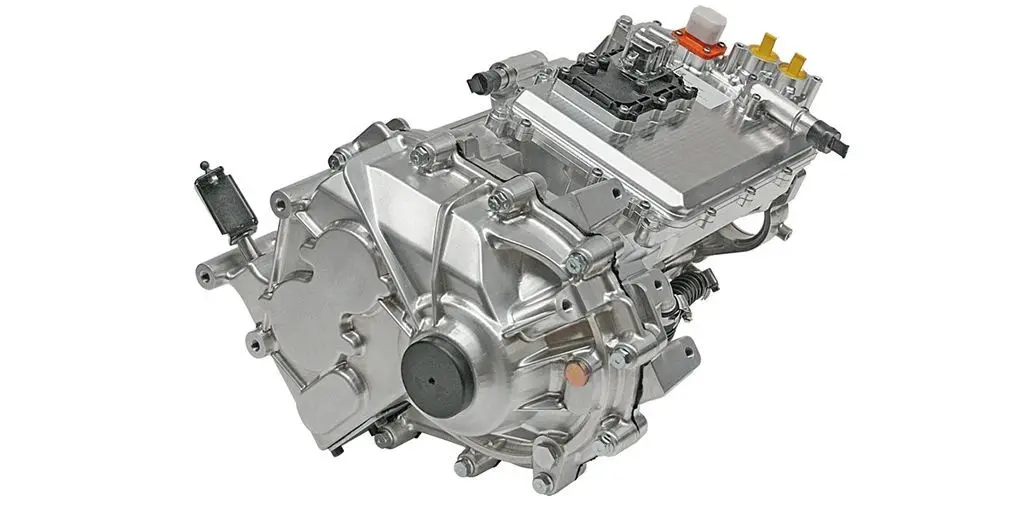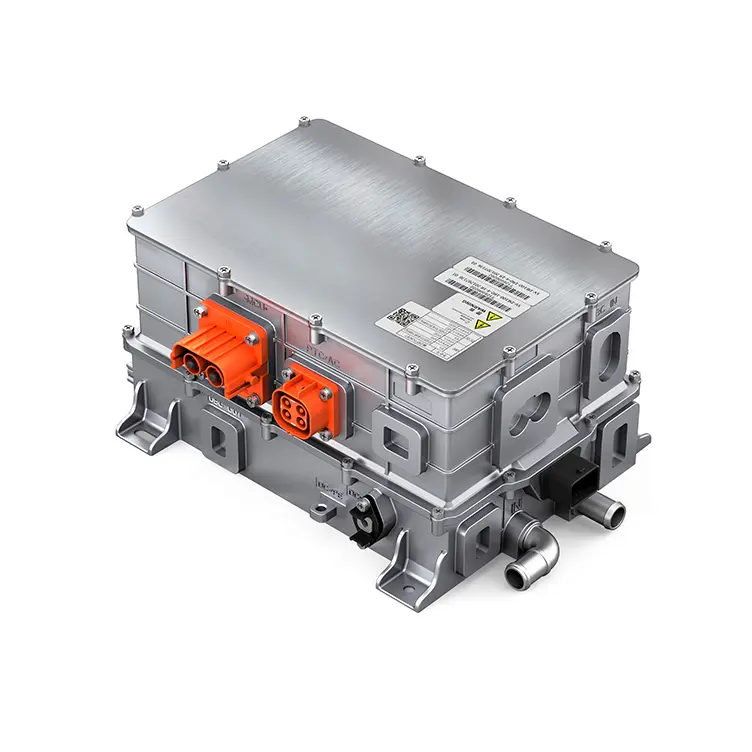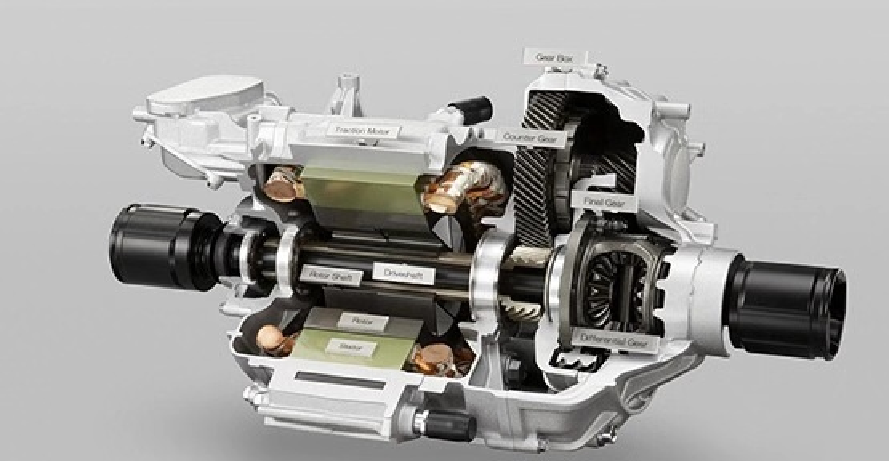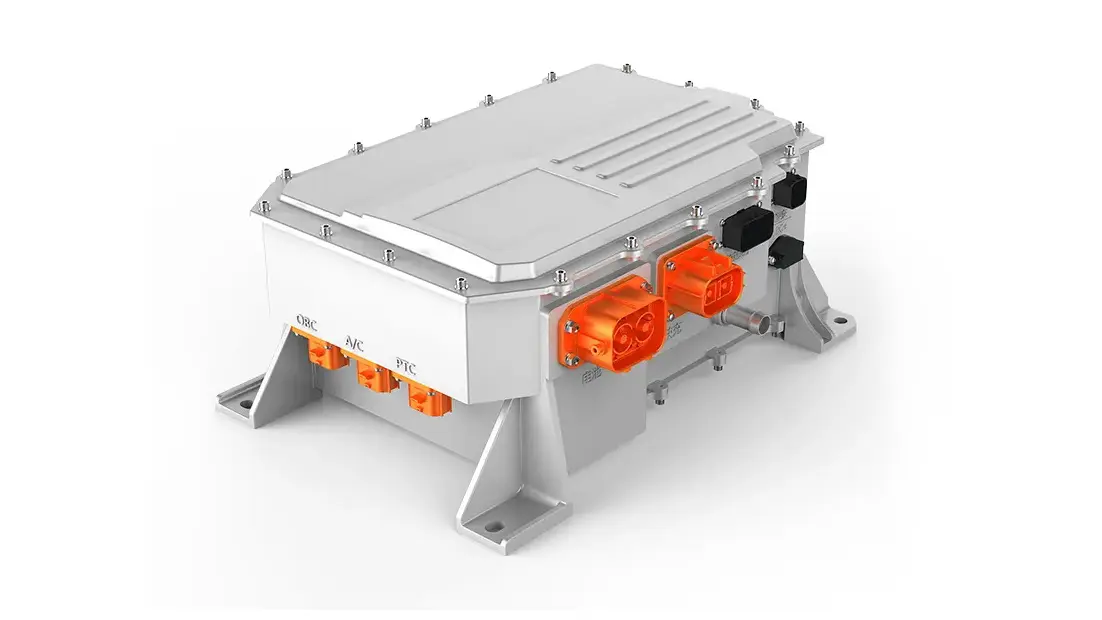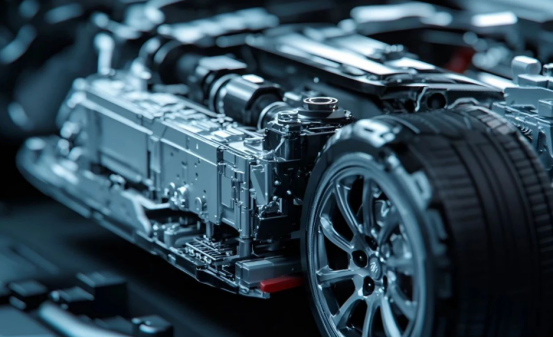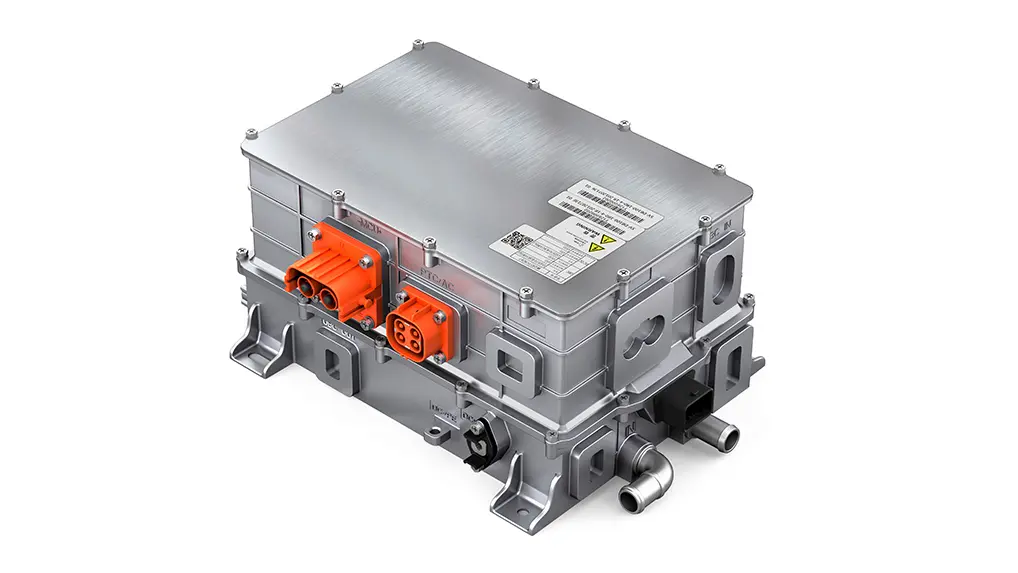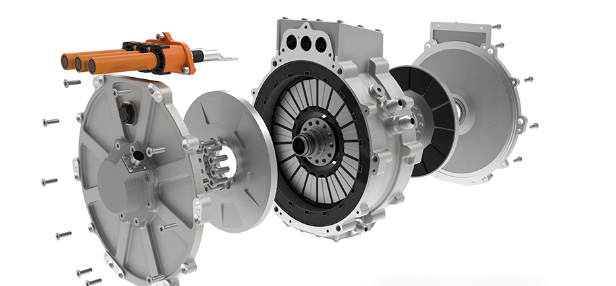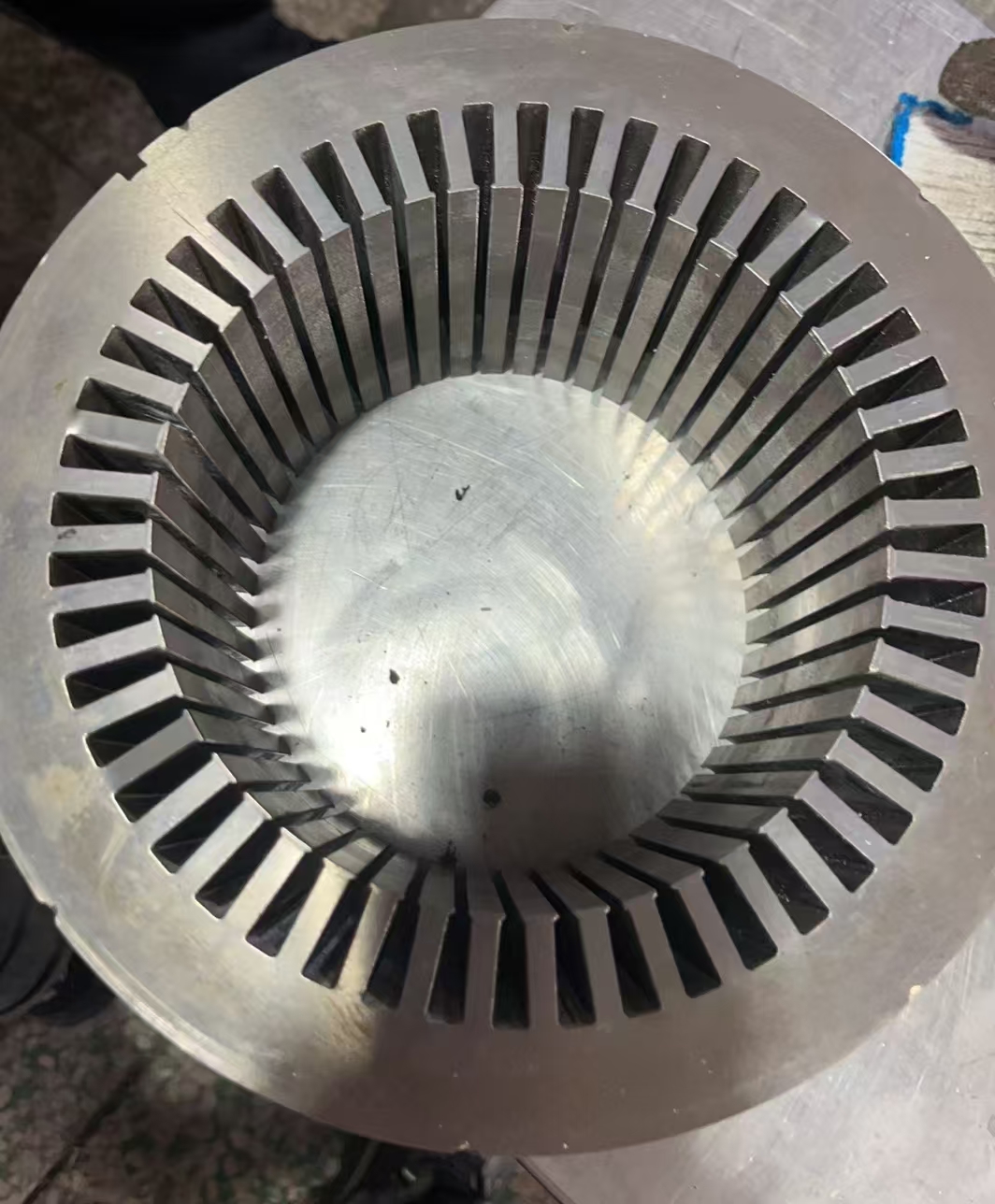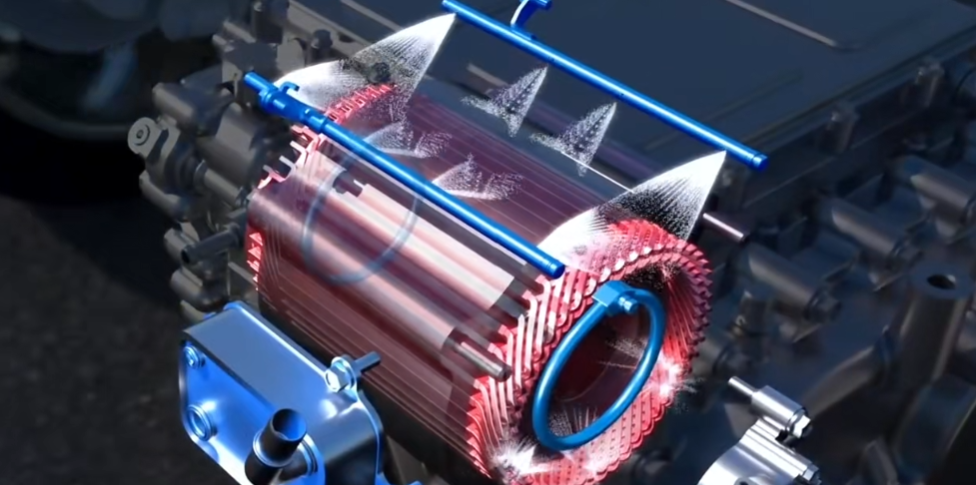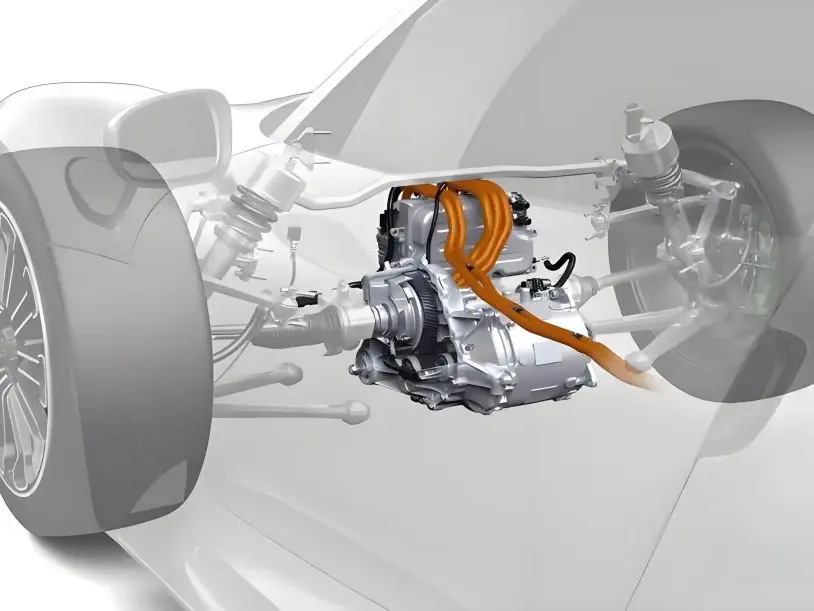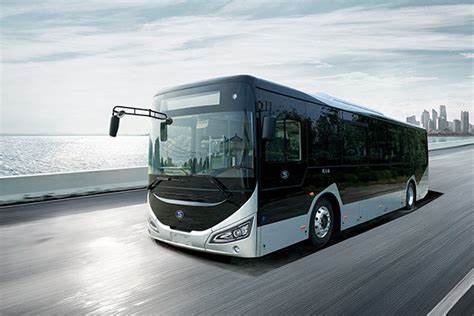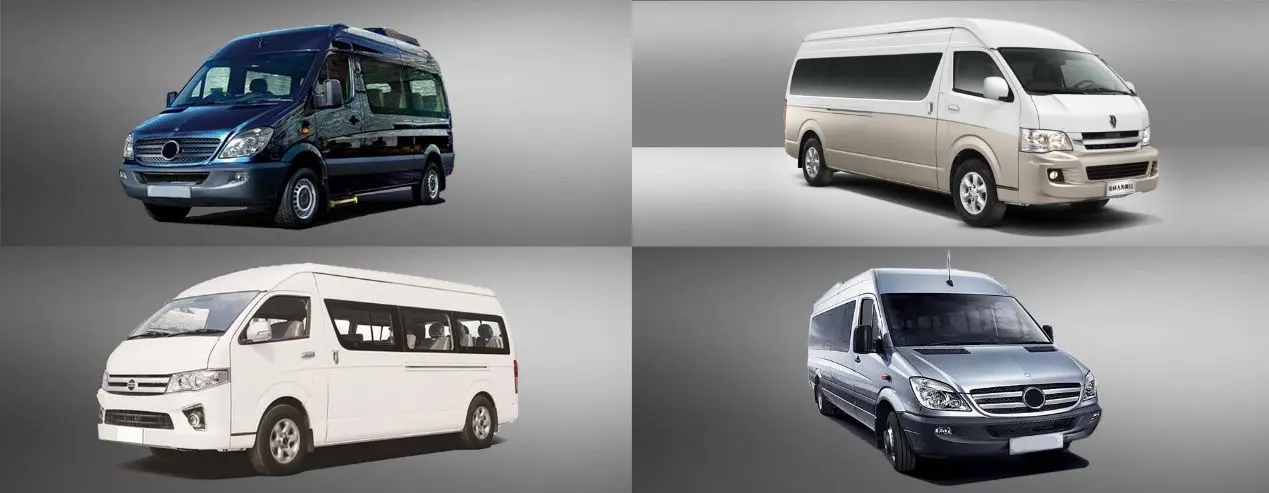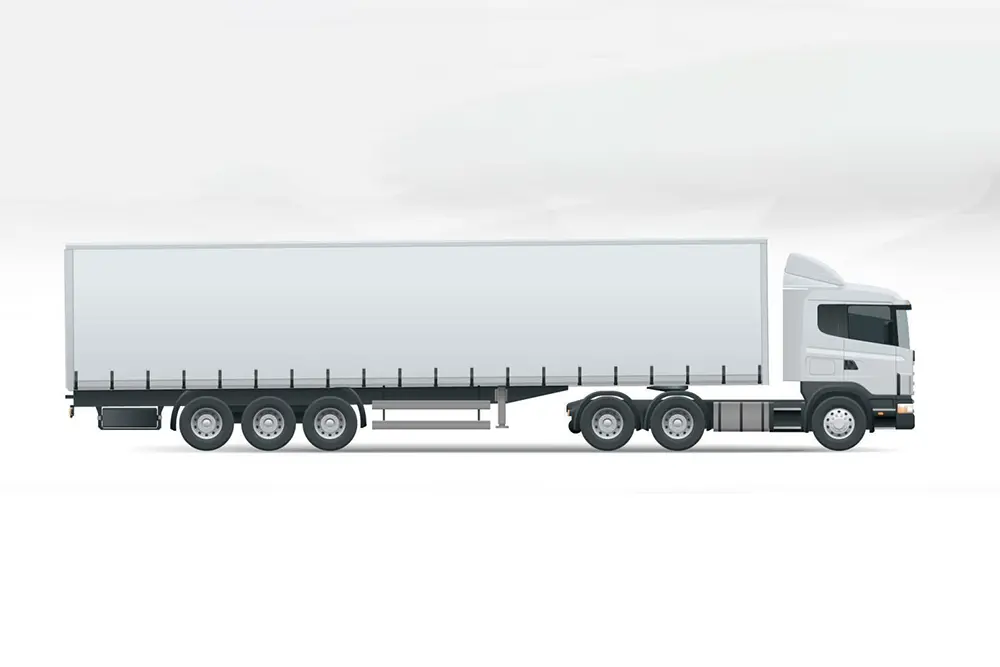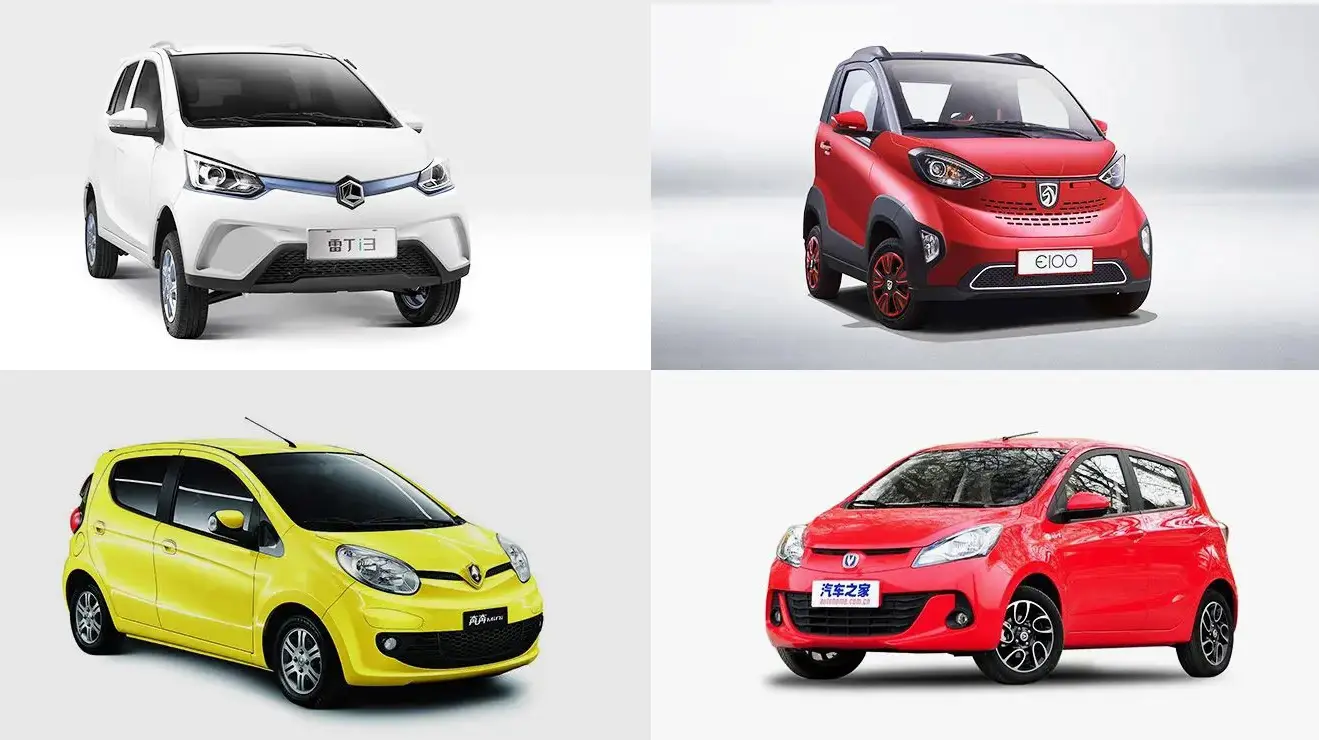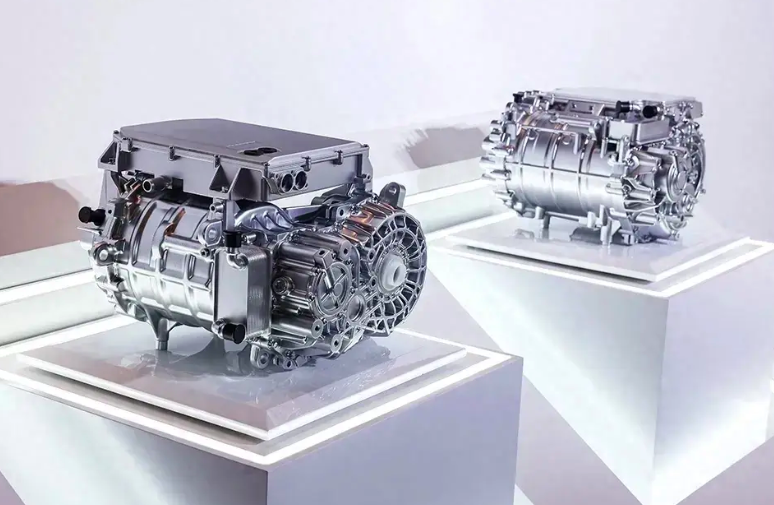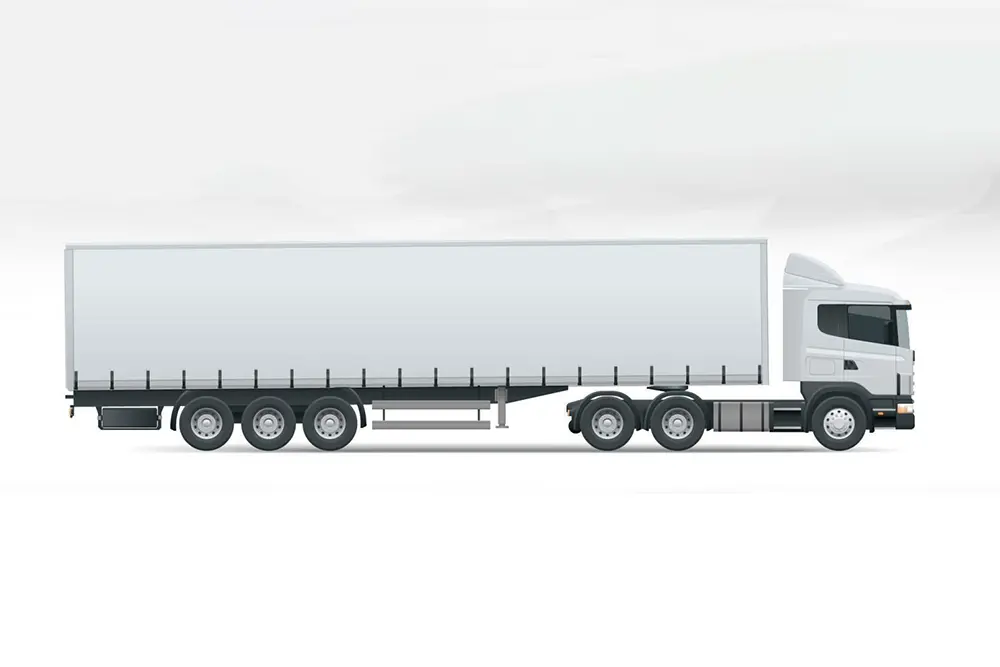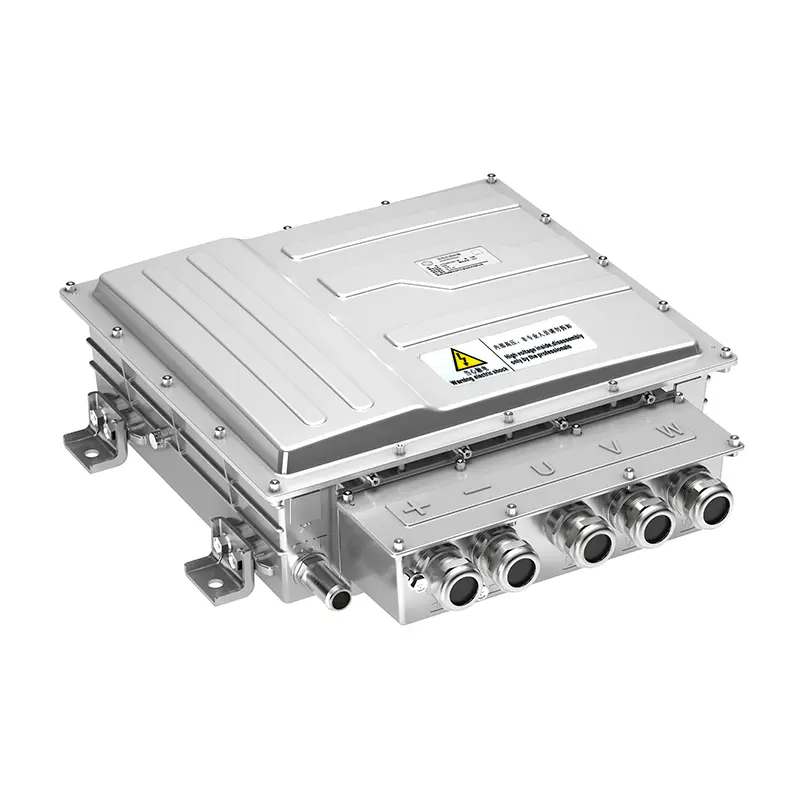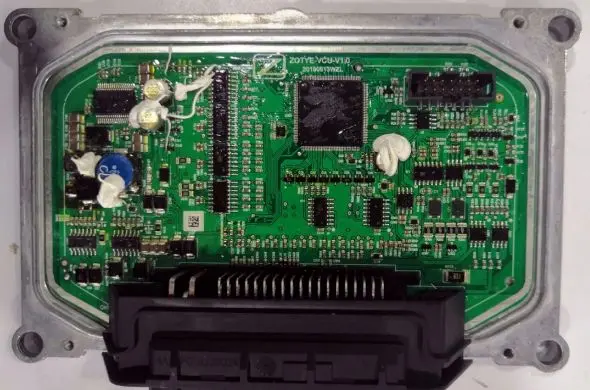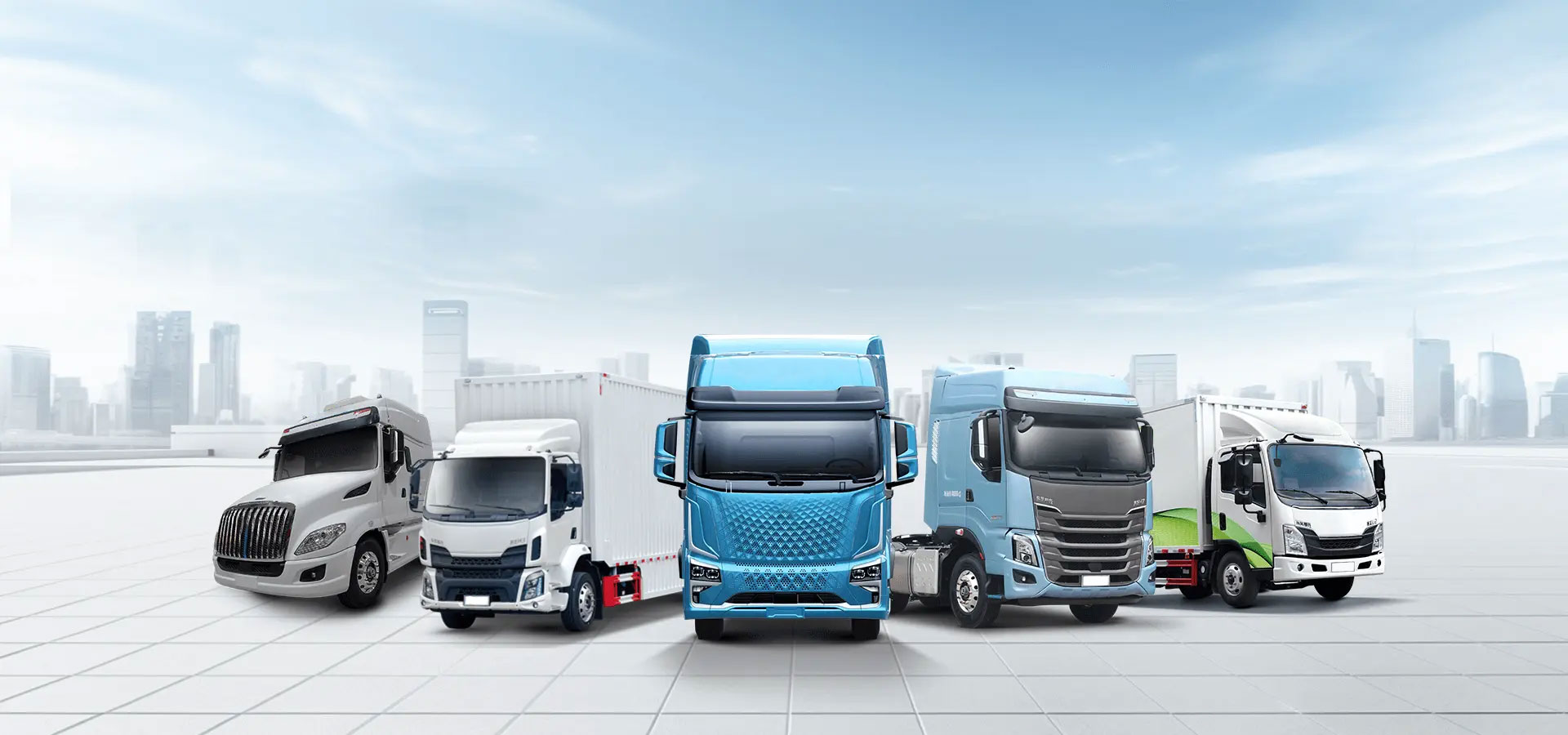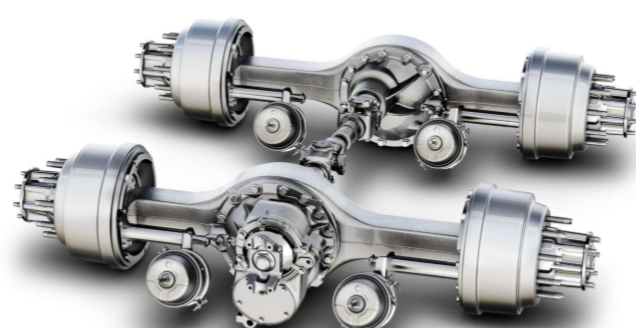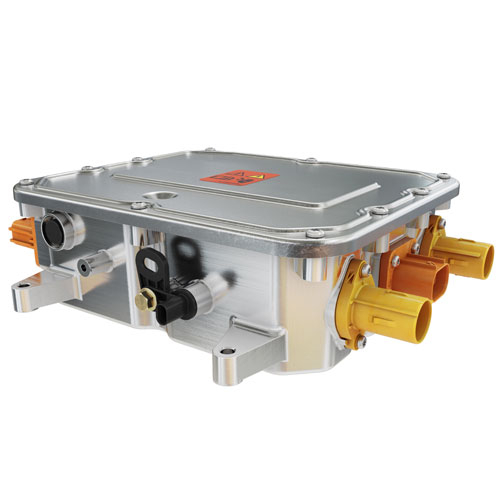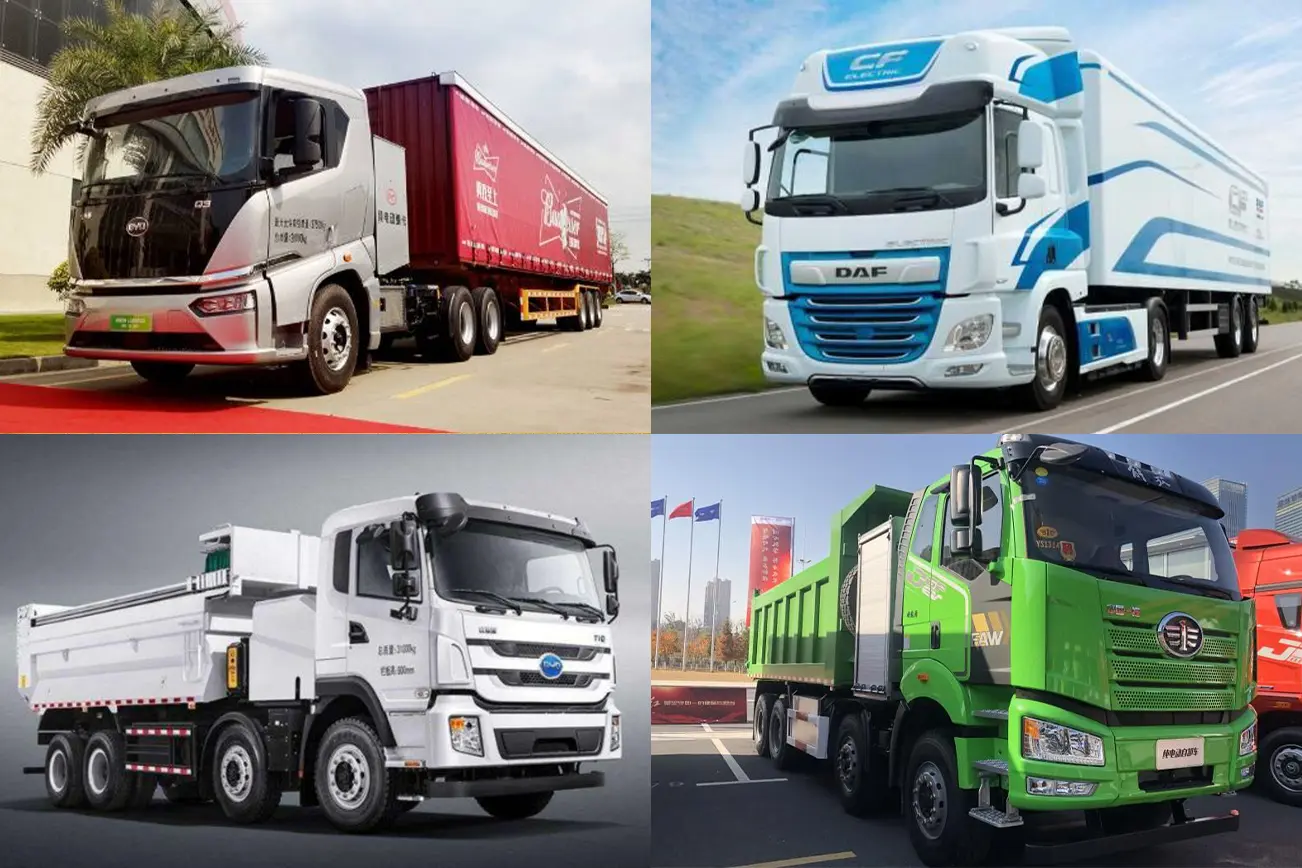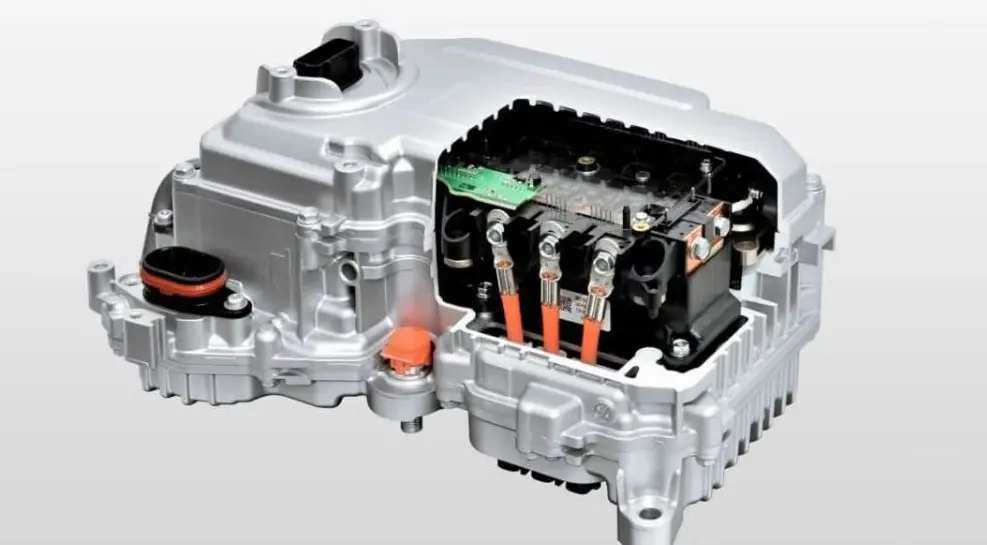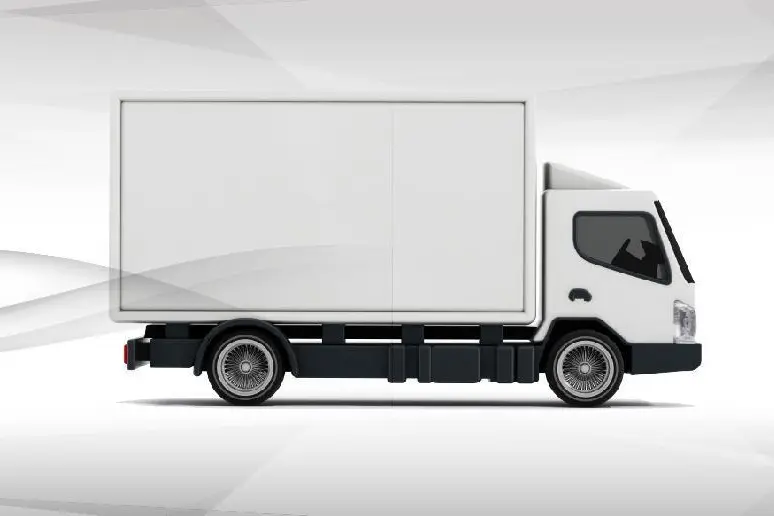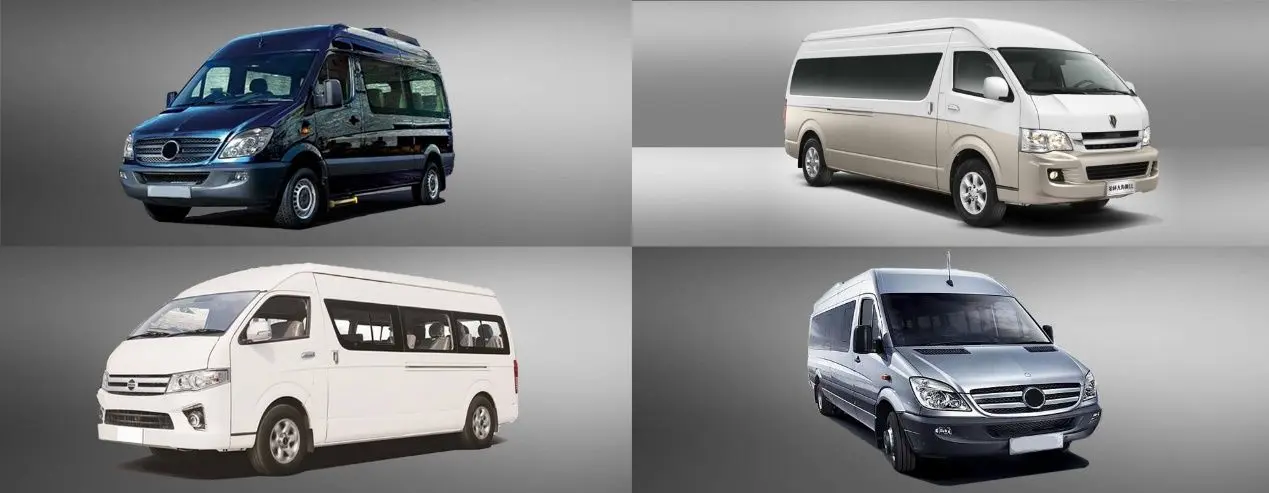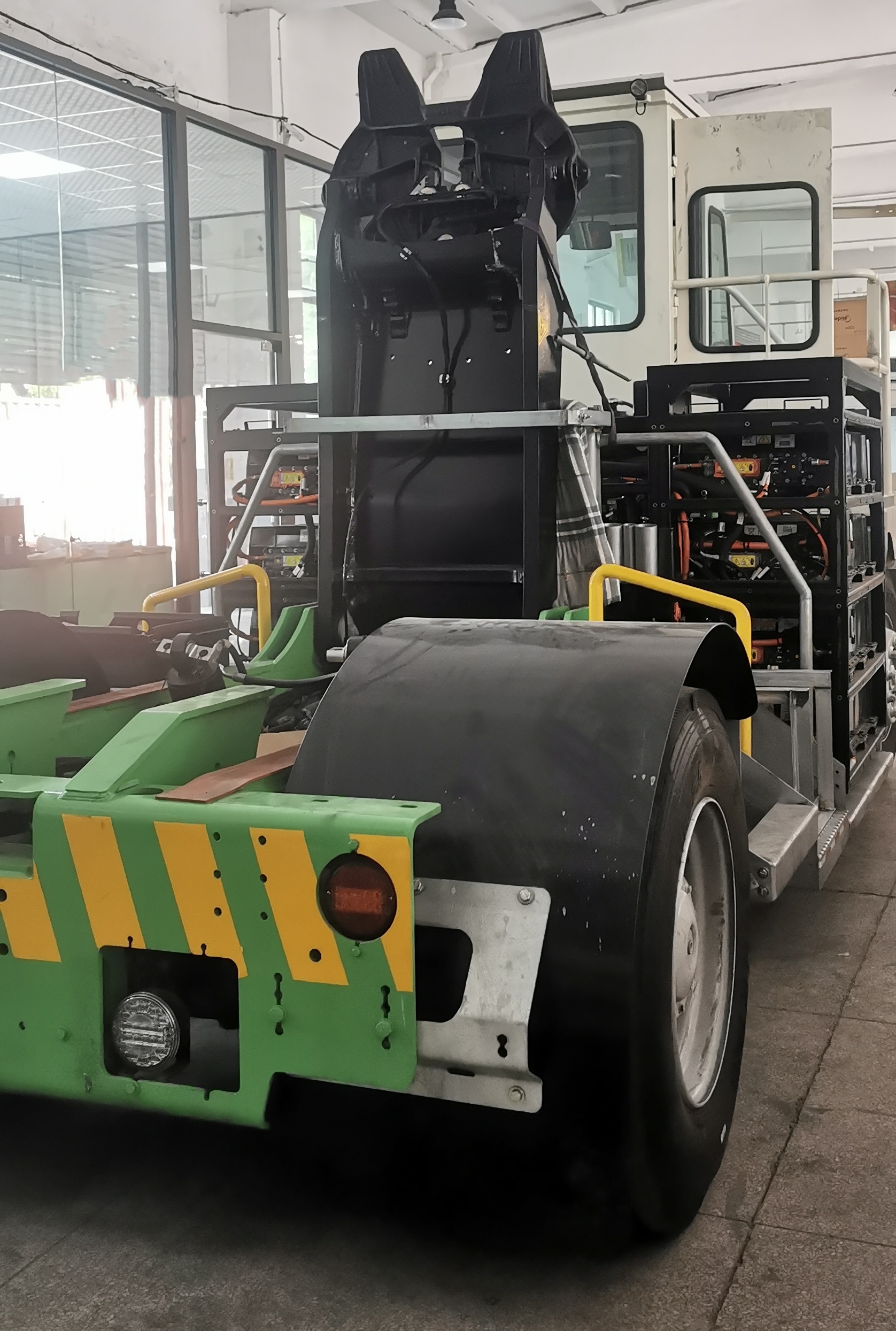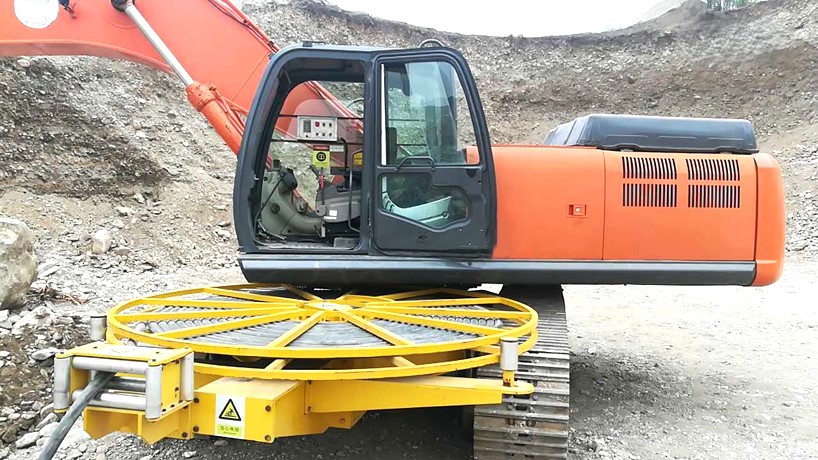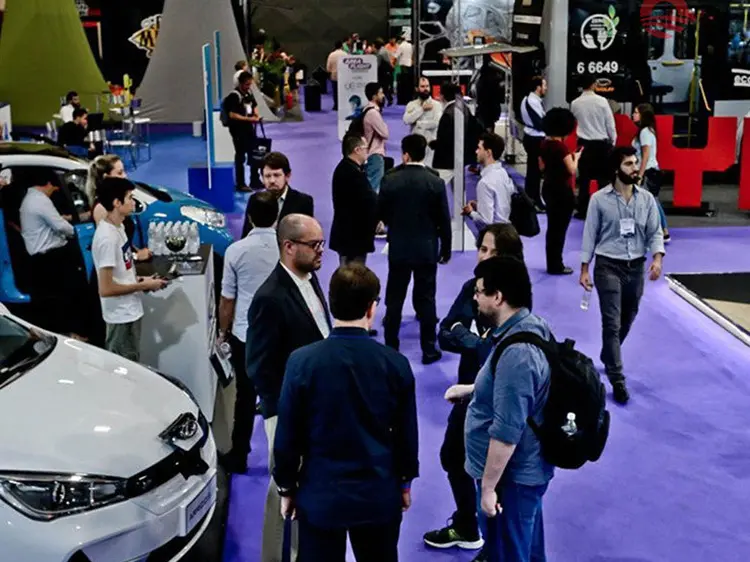The Power Behind Electric Vehicles: Exploring EV Control Systems and Vehicle Control Units (VCU)
Electric vehicles (EVs) have rapidly transformed from a futuristic concept into a global movement. While battery packs and electric motors get most of the attention, what truly brings an EV to life is the sophisticated EV control system—a complex orchestration of electronics, embedded software, and intelligence. At the heart of this system is the EV car controller, more commonly referred to as the Vehicle Control Unit (VCU). In this blog, we explore the structure, functions, innovations, and future of EV control systems and VCUs.
Introduction to EV Control Technology
Electric vehicle control technology governs how energy is managed, how the car responds to driver inputs, and how all components communicate in real time. From regulating battery usage to synchronizing motor torque, the EV control system plays a critical role in vehicle safety, efficiency, and driving experience.
The shift from internal combustion engines to electric motors requires an entirely new set of control mechanisms. Unlike traditional cars, which rely heavily on mechanical components, EVs depend on precision electronic controls and software to operate. This paradigm shift makes the EV car controller essential for vehicle functionality.
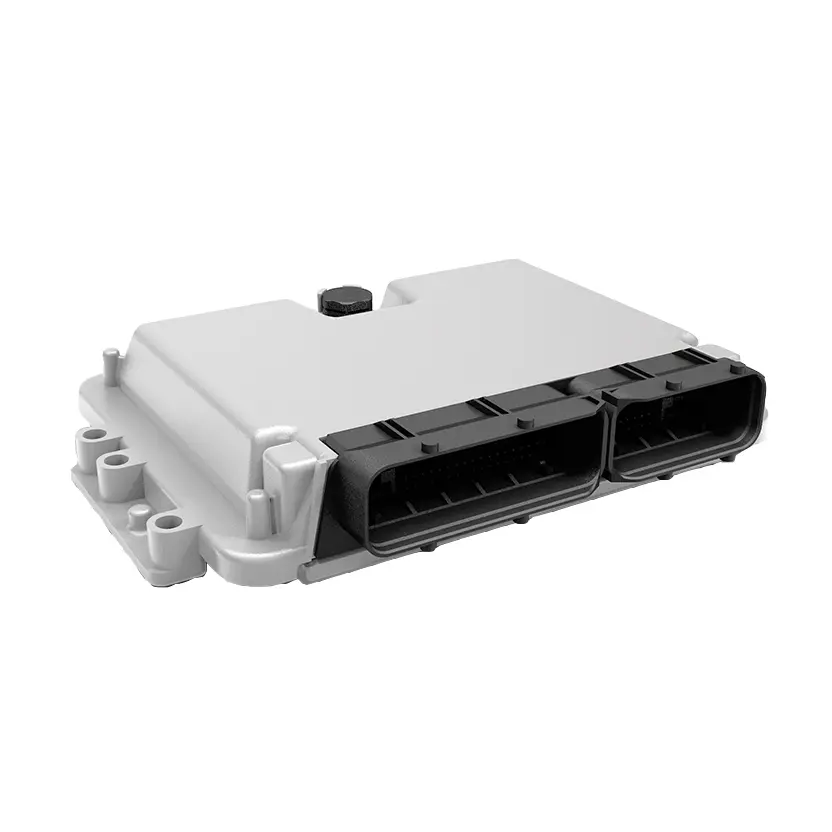
Key Components of an EV Control System
An EV control system is composed of multiple integrated modules that work together to control every aspect of the vehicle's operation. Key components include:
a. Vehicle Control Unit (VCU)
The central brain of the vehicle that coordinates all subsystems, processes sensor data, and executes control strategies.
b. Motor Control Unit (MCU)
Controls the traction motor's operation, including speed, torque, and regenerative braking.
c. Battery Management System (BMS)
Manages the battery pack, including cell voltage monitoring, temperature control, and state-of-charge (SOC) estimation.
d. Power Distribution Unit (PDU)
Regulates the distribution of power from the battery to various components.
e. Onboard Charger (OBC)
Manages the battery charging process when plugged into an external source.
f. Human-Machine Interface (HMI)
Connects the vehicle systems with the driver, typically via dashboard displays and control panels.
Each component communicates with the VCU via a vehicle-wide communication network, typically using CAN (Controller Area Network) protocols.
Understanding the Vehicle Control Unit (VCU)
The Vehicle Control Unit acts as the master controller of the EV. It receives data from sensors and other ECUs (Electronic Control Units) and processes it to make real-time decisions. Key functions include:
- Torque demand calculation
- Energy management
- Drive mode control
- Regenerative braking coordination
- Safety and diagnostics monitoring
- Communication with cloud or telematics systems
Unlike the Engine Control Unit (ECU) in conventional vehicles, the VCU in an EV must deal with the nuances of electric propulsion, thermal management, and battery usage optimization.
How an EV Car Controller Works
An EV car controller operates through embedded software programmed into the VCU. Here's how it typically functions:
Step 1: Input Collection
Sensors provide data on vehicle speed, pedal position, battery condition, motor temperature, and more.
Step 2: Signal Processing
The VCU analyzes these signals and compares them with pre-set operational thresholds or driver commands.
Step 3: Decision Making
Based on the input, the VCU determines how much power the motor should deliver or how much regenerative braking is needed.
Step 4: Command Distribution
Commands are sent to the Motor Control Unit, Battery Management System, and other components to execute the required actions.
Step 5: Feedback and Adjustment
The VCU continuously monitors system feedback and makes real-time adjustments for optimal performance.
This closed-loop control process allows EVs to offer smooth acceleration, precise braking, and high energy efficiency.
Design and Architecture of an EV Control System
Designing an EV control system requires a blend of hardware and software engineering. The system architecture is usually distributed, with multiple ECUs interconnected via high-speed communication buses. The typical structure includes:
- Central VCU: Core decision-making unit
- Decentralized ECUs: For traction, battery, climate, and infotainment control
- Sensor arrays: Wheel speed sensors, temperature sensors, accelerometers, etc.
- Communication Network: Usually CAN-FD, LIN, or FlexRay
- Redundant Power Supplies: To ensure fault tolerance
Software is developed using model-based design tools like MATLAB/Simulink and follows standards like AUTOSAR and ISO 26262 for safety-critical functions.

Integration and Communication in EV Systems
Integration is one of the most challenging aspects of EV control systems. It involves both hardware integration—connecting physical modules—and software integration—ensuring different ECUs can share and process data effectively.
Communication Protocols
- CAN Bus: Widely used for robust real-time communication.
- LIN Bus: Typically used for lower-speed applications.
- Ethernet: Increasingly used for high-data applications such as ADAS.
- Over-the-Air (OTA) updates: Allow the VCU to receive software improvements remotely.
Functional Integration
All systems—from battery to brakes—must operate harmoniously. The VCU ensures coordinated operations, for example, syncing regenerative braking with friction brakes or adjusting HVAC output based on battery temperature.
Advanced Features and Innovations in VCU Technology
Modern VCUs are evolving to support not just vehicle control but also connectivity, automation, and AI integration. Innovations include:
a. AI-Based Control Algorithms
Machine learning models optimize power usage, route planning, and predictive maintenance.
b. Cloud-Connected Diagnostics
Real-time data transmission enables remote diagnostics and firmware updates.
c. Torque Vectoring
VCUs can control individual wheels' torque for better handling and safety.
d. Integration with ADAS
Advanced driver-assistance systems like adaptive cruise control and lane-keeping assist now communicate with the VCU to enhance driving dynamics.
e. Modular VCU Platforms
Companies are moving toward modular VCUs that can be customized per vehicle platform, reducing development time and cost.
Challenges in EV Control System Design
Despite technological advances, developing a robust EV control system presents significant challenges:
a. Safety and Redundancy
Safety-critical functions must operate reliably under all conditions. Achieving ISO 26262 compliance requires rigorous validation and redundancy.
b. Thermal Management
EV controllers must manage heat generated by power electronics, especially during fast charging and high-load driving.
c. Software Complexity
VCUs contain millions of lines of code. Ensuring security, efficiency, and bug-free operation is a major engineering task.
d. Integration Overhead
Integrating new components or software features without disrupting existing functions is complex.
e. Real-Time Constraints
The EV control system must operate in real-time with low latency to ensure driver safety and responsiveness.
Future Trends in EV Controllers and VCU Development
As EV technology matures, the future of EV car controllers and VCUs is heading toward smarter, more adaptive, and more connected systems.
a. Domain and Zonal Controllers
Instead of many ECUs, future architectures will consolidate control into zonal controllers for reduced wiring and improved efficiency.
b. Centralized Computing
OEMs are moving toward centralized vehicle computing platforms that can handle everything from powertrain to infotainment.
c. AI and Predictive Control
VCUs will utilize AI for predictive energy management, learning driver habits to optimize performance and battery life.
d. Cybersecurity Focus
With increased connectivity, securing the EV control system from cyber threats is a top priority.
e. V2X Communication
Vehicle-to-everything (V2X) communication will enable cars to share data with infrastructure, enhancing safety and traffic flow.
Conclusion
As the electric vehicle revolution continues to gain momentum, the importance of a well-engineered EV control system cannot be overstated. At the center of this technological marvel lies the EV car controller, or Vehicle Control Unit, acting as the brain behind the machine. From managing power flow to ensuring a seamless driving experience, the VCU is the silent force powering the electric age.
Future advancements in AI, connectivity, and centralized architectures will only enhance the capabilities of these systems, enabling smarter, safer, and more efficient electric vehicles. As engineers and automakers continue to push the boundaries, one thing is clear: the power behind electric vehicles lies not just in the battery, but in the intelligence that controls it.











